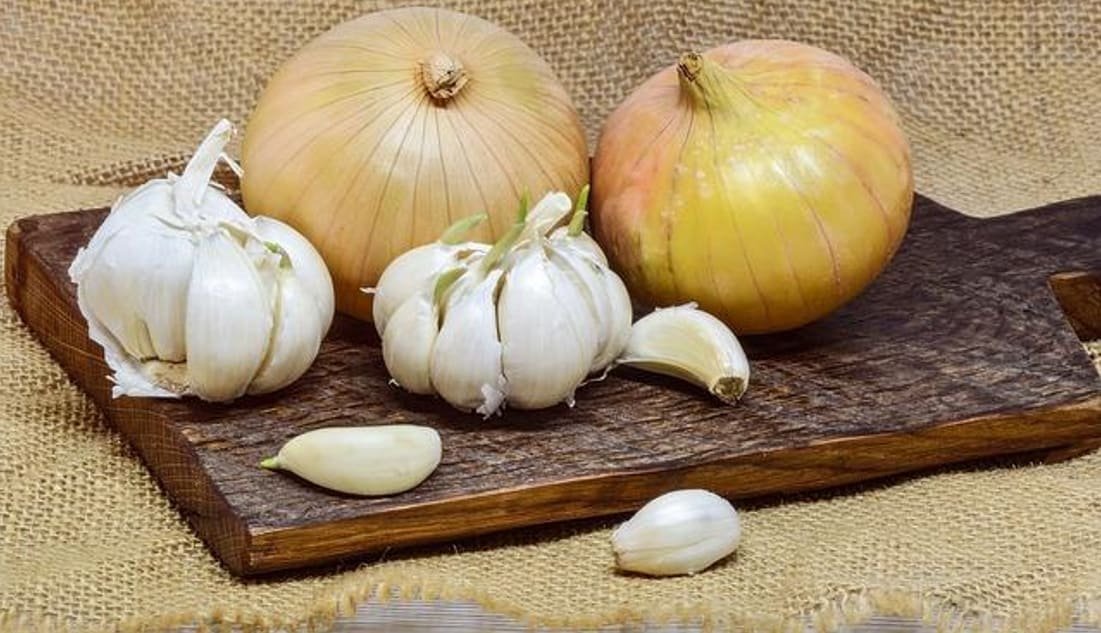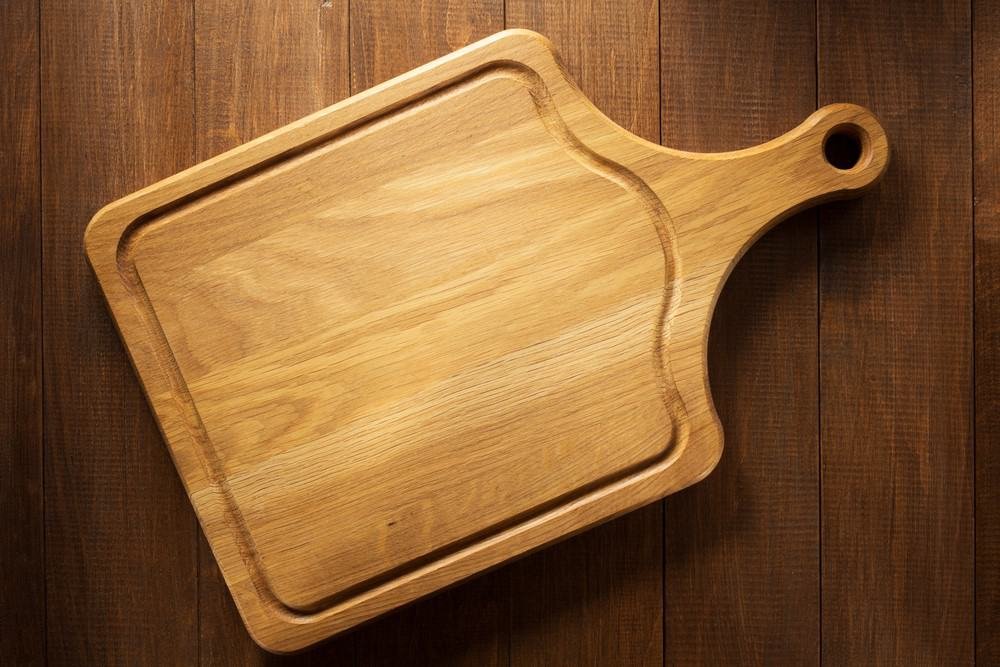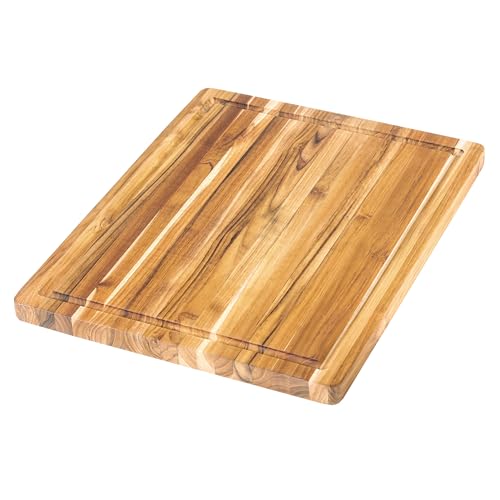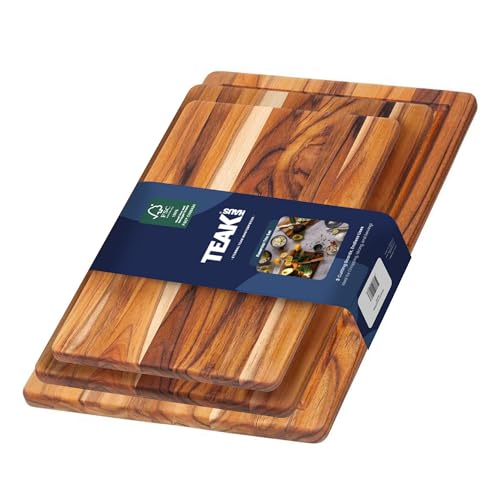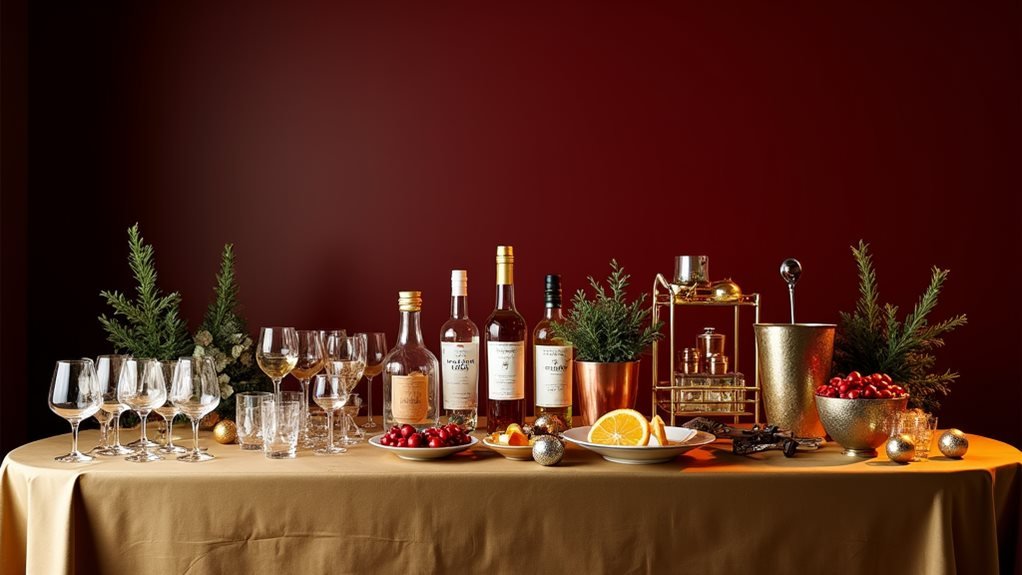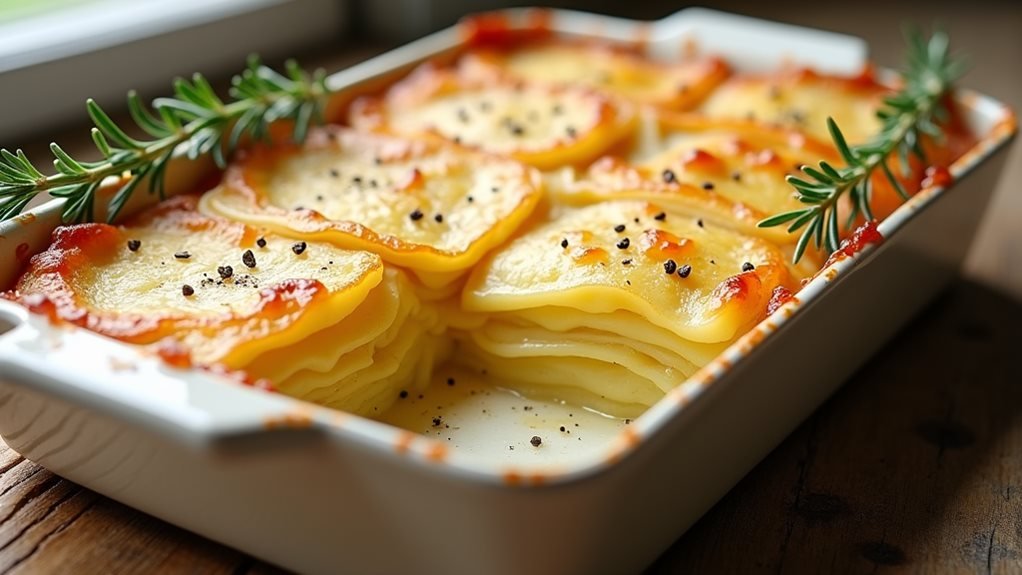Some of the best cutting boards in the current market are wooden. These boards will protect your knives by not dulling them quickly and are completely biodegradable and renewable, unlike other materials. Unsurprisingly, many cooking professionals will back wood cutting boards any day over plastic or rubber cutting boards.
As a cutting board material, wood also delivers durability. Its self-healing fibers endure continuous cutting and chopping and stay in shape. Then, when you think they have surpassed their usefulness, you learn that you can bring them back to life from the comfort of your home multiple times!
I got a John Boos Cutting Board as a gift, and it is worth the hype; it is a very sturdy, beautifully crafted board that I recommend. I purchased the oil and cleansing products to go with it to maintain and preserve the wood.
In this video, T.J Lawrence demonstrates how to exclusively restore worn wooden cutting boards with sandpaper and elbow grease.
Not all wooden boards are the same, though. The difference is brought about by the wood used in making them. Knowledge of the best wood for cutting board products saves you agony when buying one. You will easily see through the sales ploys and pick what is practical for your needs.
We are about to share the properties you should look for in wood for cutting boards. We will provide reasons and point out the wood species that have them. We will even warn you about woods to avoid and why you should so you don’t waste time checking them out.
What Is the Best Wood for Cutting Board Production?
The short, straightforward answer to this question is hardwoods like maple wood, beech, teak, walnut, and others.
We selected them because they are strong, durable, practical, hygienic, and food grade. This is just the tip of the iceberg, so you should stick around and find out why we feel they have these attributes and their impact on your cutting board. We’d bet you are also still curious about the woods you should avoid for cutting boards.
Which Features Determine the Best Wood for Cutting Board Production?
The Hardness Level
Hardwoods are heavy-duty and rugged, enabling them to handle strain from the knife edge and intrusion from water, food juices, and seasoning. Softwoods, on the other hand, are susceptible to scratches, dents, and dings. The harder the wood is, the more your cutting board will cost, so you should weigh the benefits of the extra hardness against the added premium to decide if it’s worth it.
On the flip side, extra hard cutting boards come with different challenges. They take a toll on your kitchen knives, which get blunt faster and occasionally chip their edges or bend them when the exerted force is high. You might find yourself sacrificing the longevity of your knives for that of your cutting board unwittingly, so it is good to understand the implications.
Unless you use the board exclusively for soft foods that don’t require a sharp knife edge, like sandwiches and cheeses, we recommend that you take your foot off the hardness pedal slightly if you choose the best wood for a cutting board.
There are different methods of measuring wood hardness, but we favor the Janka hardness test because the wholesome scale encompasses both domestic and exotic kinds of wood. It gives a clear picture of the relative hardness of various cutting board wood species, and the tests have been globally standardized.
The Janka hardness scale measures the force it will take to embed a standard 0.444-inch steel ball into the wood to half its diameter in pound-force units (lbf).
Keep in mind that the key influencer of wood hardness is the wood species. Wood is a natural product, and the cutting board manufacturer shouldn’t convince you that they somehow altered its density or hardness in their manufacturing process.
Every wood species has its own unique and inherent properties. If you know the species, you can always find its relative hardness from hardwood specialists who willingly display wood hardness ratings on their websites. The higher the Janka rating, the more durability and resistance you get. Remember to regulate the hardness, though. The shortcomings will begin to outweigh the benefits past the optimum hardness.
Avoid going below 1,000 lbf as you will be venturing into softwood territory, although a few select wood species above 900 lbf make decent cutting boards. A Janka range between 900 and 2,000 lbf strikes a balance between the essential ruggedness of the cutting board and preservation of knife edges.
Hard maple at 1,450 lbf is one of the hardest woods commonly used for cutting boards. At the other end of the spectrum is cherry with 995 lbf. In between, we have pine wood, teak, walnut, red oak, and many other species.
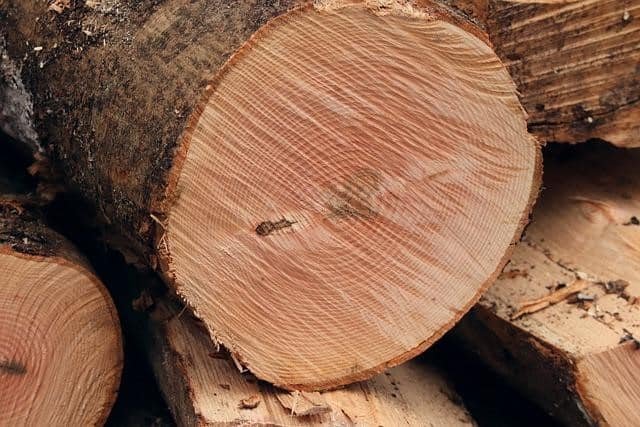
Wood Porosity
Trees have vessels used to transport water and nutrients and produce sap. When you cut these vessels across the wood grain, they become pores, and the nature of these pores determines the wood’s porosity. The best wood for cutting boards should have the smallest pores possible to prevent the absorption of liquids and food while the board is in use.
The liquids make the wooden board soggy and susceptible to cracks and warping. Everything absorbed by the board becomes a contaminant with time as they will turn rancid and even begin to smell. They can cross-contaminate consequent foods and will also harbor pathogens within the grains of the cutting board.
Highly porous wooden cutting boards are also hard to clean as it is hard to reach inside the deep pores, yet you can’t use strong cleaning agents because they will also get lodged in the same pores. This is a graver health hazard than the contamination you will be seeking to eliminate because your food will now be exposed to chemicals.
Despite their hardness levels, we advise against open-grain hardwoods like red oak, elm, and ash. They have highly porous grains. Their pores are small and dense, which limits the absorption of liquids and the capacity to harbor dirt and other contaminants. Diffuse porous hardwood species like cherry, maple, birch, and yellow poplar, among others, on the other hand, are close-grained.
Check out this video from America’s Test Kitchen, where Hannah explains how to sanitize your wooden cutting board to keep it safe.
Aesthetic Appeal of the Cutting Board
A beautiful chopping board makes meal preparation a legitimate pleasure and significantly impacts the vibe of the kitchen in general. Different wood species have unique ways of infusing grain variation and color into the finished cutting board. This is where it all begins.
The small, dense pores of close-grained woods make the grains appear plain and less distinct. Cherry and maple stand out, though. Their textured grains finish off remarkably well. A cherry or hard maple cutting board will have a great cutting surface and look better than other wood cutting boards or any plastic board you can find.
Toxicity Levels
Some woods are not safe for food contact. The wood itself can be toxic, or it may contain toxic oils. You might absorb allergens or inflammatory compounds through digestion because the carving board is constantly in contact with your food. They will, in turn, cause irritations, swellings, rashes, runny noses, and allergic reactions. In worse cases, they might trigger intestinal disorders, food poisoning, asthma, dermatitis, or even nasal cancer.
The trick is to focus on wood species whose products (fruits, nuts, leaves, or sap) are edible, like maple, walnut, or cherry. Exotic trees like purple ash have not been tested for human consumption and might contain toxins that will leach into foods.
Antimicrobial Properties
Some good cutting board wood species like teak, oak, cypress, and bamboo have inherent substances that will resist, kill or inhibit the growth of microbes like bacteria, fungi, or algae. These natural sterilizers are not toxic to humans and will save you the trouble of regularly using harsh chemicals like bleach to disinfect your board. They will make cutting boards that are easier to clean than the rest.
Self-Conditioning
Some wood species, like teak, possess self-preserving qualities and will require less maintenance than others. They have inherent oils and resins which block water and other liquids from accessing their pores, enabling them to resist intrusion by water. This mitigates sogginess, wood rot, and fungal attacks. Their oils also condition them to resist warping, cracking, or splitting.
Many wood species also produce cutting boards with self-healing surfaces so shallow cuts will close up on their own. You will not have to worry about dirt and contamination accumulating in the grooves and crevices for a while.
Combination of Attributes for The Best Wood for Cutting Boards
There is a lot of balancing involved. No single wood species has the best of everything, and you will often have to compromise some qualities for others so that the wood cutting board can serve your specific purposes. Let’s use actual scenarios to conceptualize the process.
- Softwoods, for example, are non-porous because their trees don’t have vessel cells and use tracheid cells to conduct water instead. Due to their fragile nature, they still don’t cut it for carving board material (pun intended). The kitchen environment will destroy them.
- Teak, oak, and cypress have antibacterial properties, but cypress is relatively soft with a Janka rating of 510 lbf. Red oak, on the other hand, is a strong and durable hardwood, but it has large pores bound to accumulate water and harbor dirt and microbes.
- If you need to, you can deploy cypress for light duties or treat red oak with a food-grade oil to seal the pores. While teak will hold out on its own, it has a much higher price tag which can be a turn-off if you are on a budget.
- Beware of the soft hardwoods. Some woods like poplar are classified as hardwoods, but with hardness ratings below 600 lbf, they are delicate and will suffer knife marks from the lightest cuts, become hard to clean and succumb to wear and tear. Poplar scores well in the aesthetics department because it produces a clear and smooth surface and is affordable, which is why some people will still choose it.
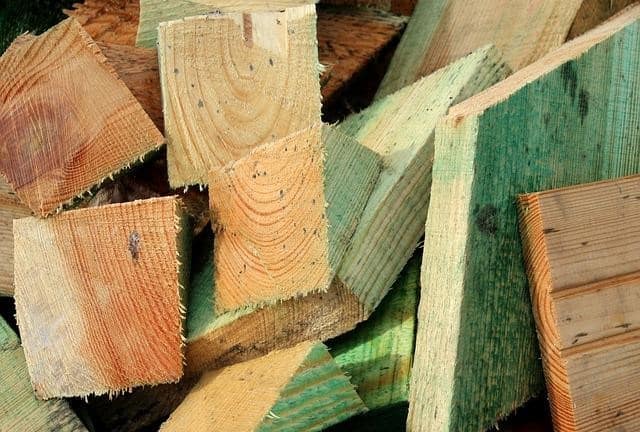
Care and Maintenance
Maintenance allows you to enhance decent wood to make excellent cutting boards. All wooden cutting boards require regular maintenance regardless of the quality of the material. This also presents a chance to make up for your compromises when selecting the wood. Here are some maintenance routines you should adopt:
- Apply edible/food-grade mineral oil on the surface of the finished wood cutting board if you feel it is porous and likely to suck in water and bacteria. Do this every 2 months under normal usage or as deemed necessary. It prevents water from seeping into the wood grains and causing warping and cracking.
- To remove odors, rinse the cutting board, rub coarse salt on it, and let it sit for several minutes before wiping the salt off, then rinse it again. This also smooths out imperfections on the surface.
- Don’t leave wooden boards in puddles of liquid or the dishwasher. The wood and its glue will be affected. Suspend them freely while drying.
- Every once in a while, use a diluted bleach solution to wash your wooden board. It goes a long way in disinfecting them. Just ensure you rinse them off thoroughly afterward.
- If they are deeply scored, you need to resurface them; otherwise, the groves will harbor bacteria, even after washing. You can do this with scrapers, planes, sandpaper, or other applicable woodworking tools.
Conclusion
Now that you know the implications of using wood cutting boards over plastic, you can make an informed selection based on your needs. When choosing the best cutting board, strike a balance between qualities you truly need and your budget, which should also factor in your kitchen knives. Steer clear of woods that haven’t been tested for food-friendliness. A good cutting board also determines how long your knives will last.
